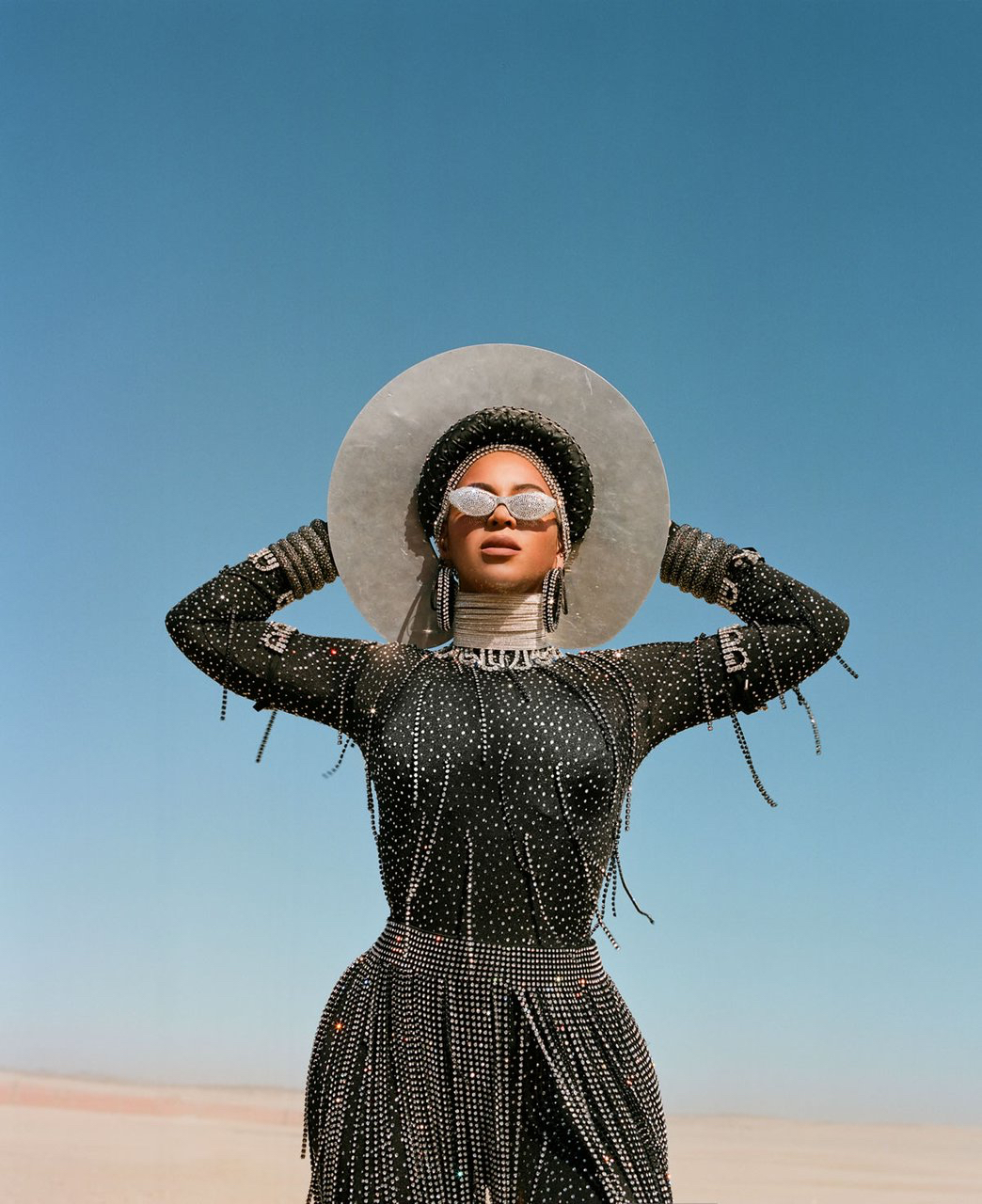We might be late but we’re definitely not disappointed. Beyoncé’s third visual album ‘Black is King’ takes viewers on an inspiring journey, delving deep into both the culture of Africa and her diaspora.

Colour palettes, landscape and the beauty of Africa

Celebrating black artists and creatives

Movements for social change have successfully brought to light some of the deep inequalities we face in all industries when it comes to racial justice. We owe some of our greatest genres like Northern Soul, House and Grime to the legacy of black artists all over the world. As Beyoncé looks toward this project to search for her African heritage, we see a culmination of the arts from Africa, America and the Caribbean tastefully pulled together in a showcase of brilliance.
Musical producers and singers like Major Lazer (Jamaica), Pharell Williams and Jay Z work hand in hand with African artists such as Shata Wale (Ghanian), Tiwa Savage (Nigerian) and WizKid (Nigerian) to inform and educate whilst also displaying the global tastes of black talent. From London to South Africa, Beyoncé and Kwasi Fordjour create a tapestry of rich stories fuelled by a passion to tell the world what the community has always offered: greatness.
Celebrating black women
 According to the UK Confidential Enquiry into Maternal Deaths, Black mothers were five times more likely to die during pregnancy than their white peers. Some believe this is due to implicit racial bias and social inequality, which makes supporting and uplifting black women not only important, but detrimental. Beyoncé has always positioned herself as a matriarch and like a maternal figure she offers the stage to strong black women of all shades to live in the glory of their melanin.
According to the UK Confidential Enquiry into Maternal Deaths, Black mothers were five times more likely to die during pregnancy than their white peers. Some believe this is due to implicit racial bias and social inequality, which makes supporting and uplifting black women not only important, but detrimental. Beyoncé has always positioned herself as a matriarch and like a maternal figure she offers the stage to strong black women of all shades to live in the glory of their melanin. Conclusion







